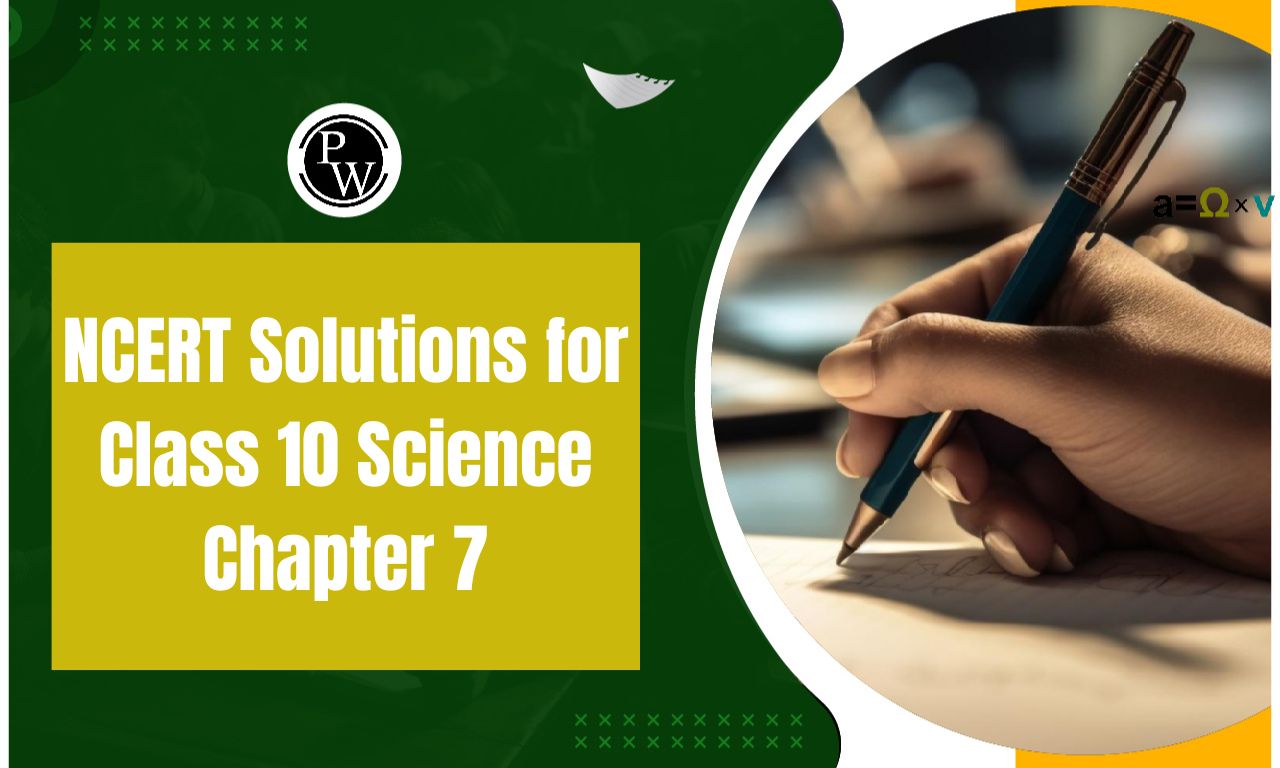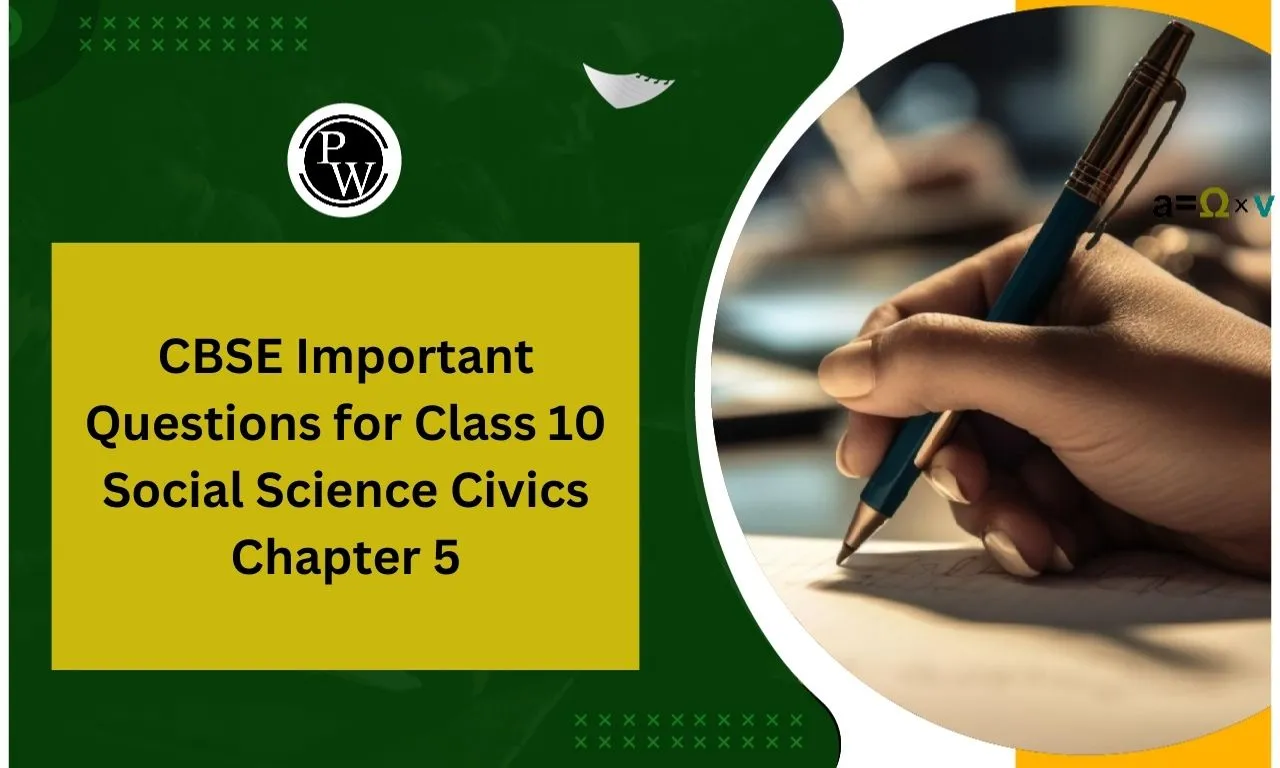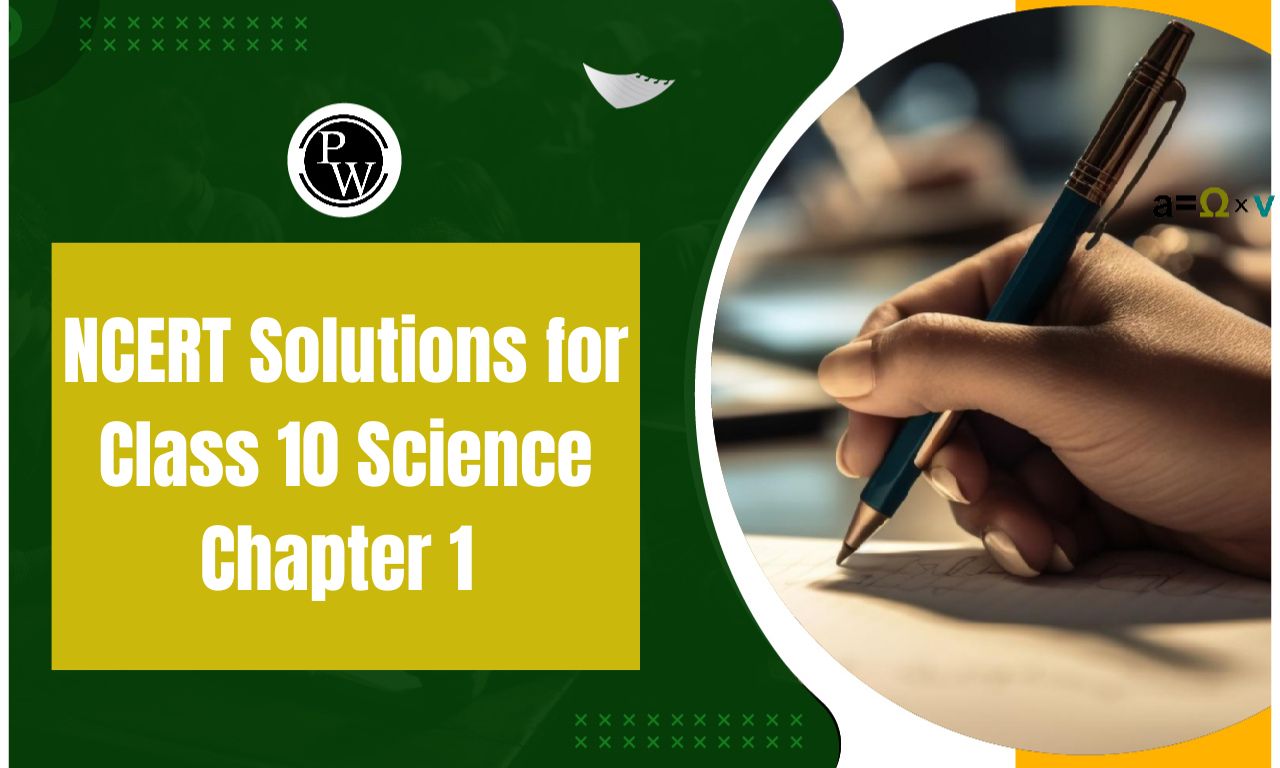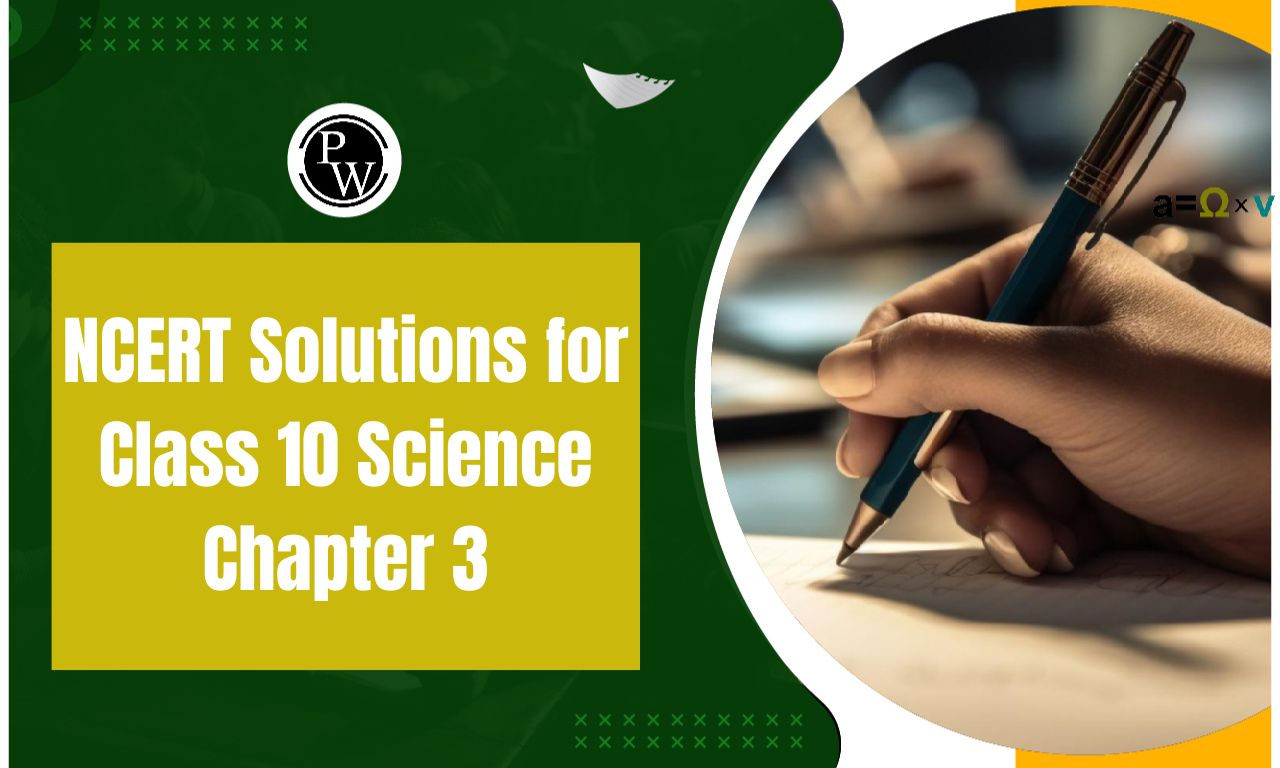
NCERT Solutions for Class 10 Social Science Geography Chapter 3: You may download the NCERT Solutions for Class 10 Geography Chapter 3 Water Resources for free in PDF format from here. All of the exercise questions' answers are included in these solutions. Experts in the field write the answers, which are crafted with an eye toward examination. Students can achieve good scores on the CBSE exam by consulting these solutions. Additionally, they will comprehend the answer writing techniques that will enable them to effectively convey their responses. Make the most of it by going through these NCERT Solutions for Class 10.
NCERT Solutions for Class 10 Social Science Geography Chapter 3 Overview
These are the topics that students will cover in this chapter.- Water scarcity and the necessity of water management and conservation
- River projects with multiple uses and integrated water resources management
- Indian hydraulic structures from history
- Collecting rainwater
NCERT Solution for Class 10 Social Science
NCERT Solutions for Class 10 Social Science Geography Chapter 3 PDF
You may better understand the chapters and score higher on the test by using our NCERT Answers for Class 10 Social Science Modern India. The best teachers have prepared the NCERT Answer for Class 10 Social Science Modern India Chapter 3 Water Resources, which complies with the most recent CBSE requirements. The answers to the pertinent problems are included in the Class 10 Social Science Modern India Chapter 3 Water Resources answers, along with comprehensive explanations in line with the syllabus.NCERT Solutions for Class 10 Social Science Geography Chapter 3 PDF
NCERT Solutions for Class 10 Social Science Geography Chapter 3
1. Multiple choice questions.
(i) Sort each circumstance as either "suffering from water scarcity" or "not suffering from water scarcity" based on the facts provided below.
(a) A region with high annual rainfall.
(b) A region having high annual rainfall and a large population.
(c) A region having high annual rainfall but water is highly polluted.
(d) A region having low rainfall and low population.
Answer:
(a) Not suffering from water scarcity (b) Suffering from water scarcity (c) Suffering from water scarcity (d) Not suffering from water scarcity.(i) Explain how water becomes a renewable resource.
Answer:
Since there will always be rain and three processes that make up the hydrological cycle, groundwater, and surface water will constantly be replenished, making water a renewable resource. The 3 processes of the hydrological cycle are- Evaporations
- Condensation
- Precipitation
(ii) What is water scarcity and what are its main causes?
Answer:
Numerous cities in our country serve as such. Therefore, a big and expanding population may lead to increased demands for water and uneven access to it, potentially resulting in water scarcity. More water is needed in a large population, both for home usage and for food production. Water resources are therefore being overused to increase the area under irrigation for dry-season agriculture to enable higher food-grain output. Water use in agriculture is mostly driven by irrigation. To improve productivity, the majority of farmers have their own wells and tube wells on their properties. The people's access to water and food security have suffered as a result.(iii) Compare the advantages and disadvantages of multi-purpose river projects.
Answer:
Advantages:- Irrigation
- Electricity generation
- Flood control
- Water supply for industrial and domestic purposes
- Tourist attraction
- Inland navigation
- It affects the water's natural flow.
- Affected is aquatic life
- The adjacent areas' land sinking
- environmental consequences
- extensive local population displacement
(i) Talk about the methods used for rainwater gathering in Rajasthan's semi-arid areas.
Answer:
Nearly every home in Rajasthan's semi-arid and desert regions—especially in Bikaner, Phalodi, and Barmer—has historically included an underground tank, or tanka, to hold drinking water. One family in Phalodi had a tank that measured 6.1 meters deep, 4.27 meters long, and 2.44 meters wide—the size of a huge room. The complex rooftop rainwater gathering system included the tankas, which were built either inside the main house or in the courtyard. They were attached to the sloping roofs of the dwellings by a pipeline. Rain that fell on the rooftops would pass through the pipe and collect in these "tankas" below ground. Usually, the initial round of rain was not collected since the pipes and roofing would be cleaned. After that, rainwater from the next showers was gathered. When all other supplies of drinking water run dry, especially during the summer, the rainwater may be kept in the tankas until the next downpour. This makes it an incredibly dependable source of water. Rainwater, or "palar pani" as it is known locally, is regarded as the purest type of natural water.(ii) Describe how modern adaptations of traditional rainwater harvesting methods are being carried out to conserve and store water.
Answer:
A practical substitute in terms of the environment and socioeconomics is a water harvesting system. In addition to highly developed hydraulic systems, ancient India had a remarkable water-harvesting system legacy. By the local ecological conditions and their water demands, people created a wide range of strategies to extract rainwater, groundwater, river water, and floodwater. They also had an extensive understanding of rainfall regimes and soil types. For agricultural purposes, people in hilly and mountainous areas constructed diversion channels similar to the Western Himalayan "guls" or "kuls." In Rajasthan in particular, "Rooftop rainwater harvesting" was a popular method of storing drinking water. Agricultural fields were transformed into rain-fed storage structures, known as "khadins" in Jaisalmer and "Johads" in other areas of Rajasthan, in arid and semi-arid regions so that the water could stand and hydrate the soil.Benefits of NCERT Solutions for Class 10 Social Science Geography Chapter 3
Below we have mentioned some of the benefits of class 10 geography solutions -- These NCERT solutions class 10 Geography chapter 3 will give you a clear idea of the concepts of the chapter.
- The solutions are in simple language.
- Students can use these solutions for last-minute revision.
- Students can download the PDF of the chapter and can learn from it.
- These questions will help you understand the type of questions asked in the examination.
NCERT Solutions for Class 10 Social Science Geography Chapter 3 FAQs
What is the topic of Chapter 3 of Class 10 Geography?
Why are water resources being over-exploited Class 10?
What is the importance of water resources class 10th?










